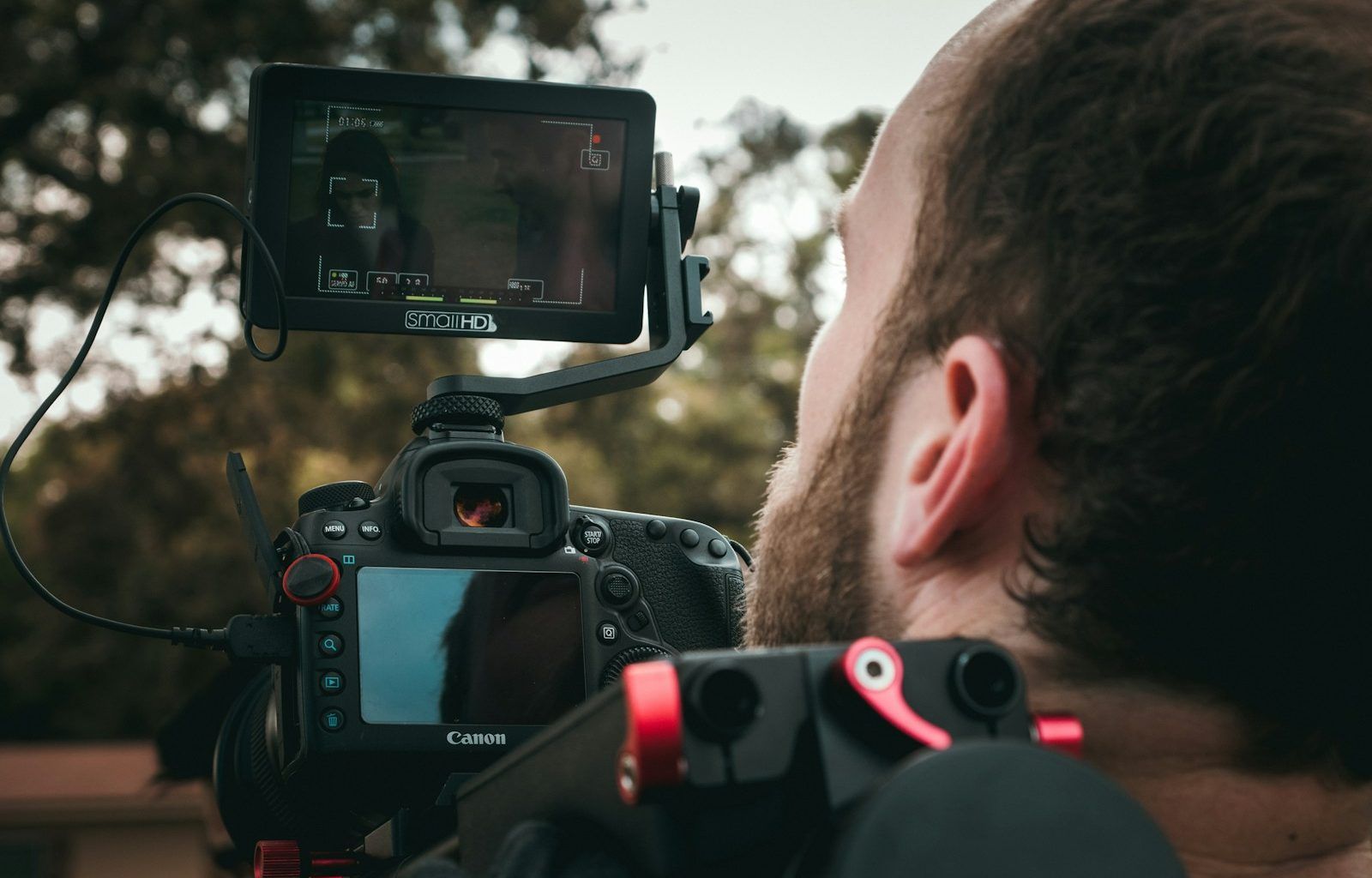If you’ve ever dreamed of shooting a music video, you’re in the right place! Creating a music video can seem intimidating at first, but with the right approach, it can be one of the most fulfilling creative projects you’ll ever undertake. Whether you’re working with a band, a solo artist, or even for your own music, this step-by-step guide will walk you through the entire process.
Let’s dive in and explore how to bring your vision to life while keeping the process manageable and fun.
Why Shoot a Music Video?
Music videos are more than just a visual companion to a song. They’re a powerful tool to tell a story, connect with your audience, and amplify your music’s reach. A well-crafted music video can:
- Boost your online presence
- Attract new fans and listeners
- Showcase your artistic style
- Help your music stand out in a crowded industry
Now that you know why shooting a music video is essential, let’s move on to how you can make it happen.
Step 1: Plan Your Music Video Concept
Every great music video starts with a solid concept. Take some time to think about what kind of story you want to tell or the emotions you want to convey. Here’s how to start:
- Listen to the Song: Play the track repeatedly and jot down any ideas or images that come to mind.
- Brainstorm Themes: Is the song about love, heartbreak, adventure, or something abstract? Let the lyrics and melody guide your vision.
- Create a Mood Board: Gather visuals that align with your ideas. Pinterest or Google Images can be great tools for this.
- Write a Treatment: This is a written document that outlines the concept, style, and overall direction of your video. It’s especially helpful if you’re collaborating with others.
Step 2: Assemble Your Team
You don’t have to do everything on your own! Shooting a music video often requires a small team. Here’s who you might need:
- Director: To oversee the creative and technical aspects.
- Camera Operator: Someone experienced with shooting video.
- Lighting Technician: Proper lighting makes a huge difference.
- Editor: To piece everything together in post-production.
- Actors or Dancers: If your concept involves performance elements beyond the artist.
If you’re on a tight budget, don’t worry. You can wear multiple hats or recruit friends and fellow creatives who are willing to collaborate.
Step 3: Choose the Right Location
The location sets the tone for your music video. When scouting, think about places that align with your concept. Some ideas include:
- Outdoor spots like parks, beaches, or urban streets
- Indoor spaces such as studios, homes, or warehouses
- Unique venues like art galleries or abandoned buildings
If you’re shooting on private property, don’t forget to get permission. For public locations, check if you need a permit.
Step 4: Create a Shot List and Storyboard
Planning is key to a smooth shoot day. A shot list outlines every scene you need to capture, while a storyboard provides visual sketches of how each shot will look. Together, they serve as your roadmap and help you stay on track.
When creating your shot list, consider:
- Close-ups of the artist or instruments
- Wide shots of the location
- Action shots that match the song’s rhythm
- Creative angles or slow-motion sequences
Step 5: Prepare Your Equipment
You don’t need Hollywood-grade gear to shoot a music video. However, having the right equipment will improve your production quality. Here’s a basic checklist:
- Camera: A DSLR, mirrorless camera, or even a smartphone with high resolution
- Tripod: For stable shots
- Lighting: Softboxes, LED panels, or natural light
- Microphone: For syncing the song during editing
- Editing Software: Adobe Premiere Pro, Final Cut Pro, or free options like DaVinci Resolve
Step 6: Shoot the Video
Now comes the exciting part—filming! Here are some tips to make the shoot successful:
- Follow the Plan: Stick to your shot list, but stay flexible in case inspiration strikes.
- Use Playback: Play the song out loud so the artist can lip-sync accurately.
- Capture Multiple Takes: Shoot the same scene from different angles for more editing options.
- Focus on Lighting: Good lighting makes everything look more professional.
- Keep the Energy Up: Encourage the artist and team to bring their best to every take.
Step 7: Edit Your Music Video
Editing is where your footage transforms into a polished music video. Here’s what to focus on:
- Sync the Audio: Match the visuals with the song.
- Add Transitions: Use cuts, fades, or effects to keep the flow smooth.
- Color Grade: Adjust the colors to enhance the mood.
- Review and Revise: Watch the video multiple times and tweak it until you’re happy.
Step 8: Promote Your Music Video
Once your video is ready, it’s time to share it with the world. Here are some ways to get it out there:
- Upload it to YouTube, Vimeo, or your website
- Share it on social media platforms like Instagram, TikTok, and Facebook
- Collaborate with influencers or bloggers to feature your video
- Use hashtags and keywords to boost visibility
- Encourage fans to share it with their networks
Final Thoughts
Shooting a music video may feel overwhelming at first, but with careful planning and a passion for creativity, you can create something truly memorable. Remember, every professional started somewhere, so don’t be afraid to experiment, learn, and grow along the way.
For further reading, explore these related articles:
For additional resources on music marketing and distribution, visit DMT Records Private Limited.






